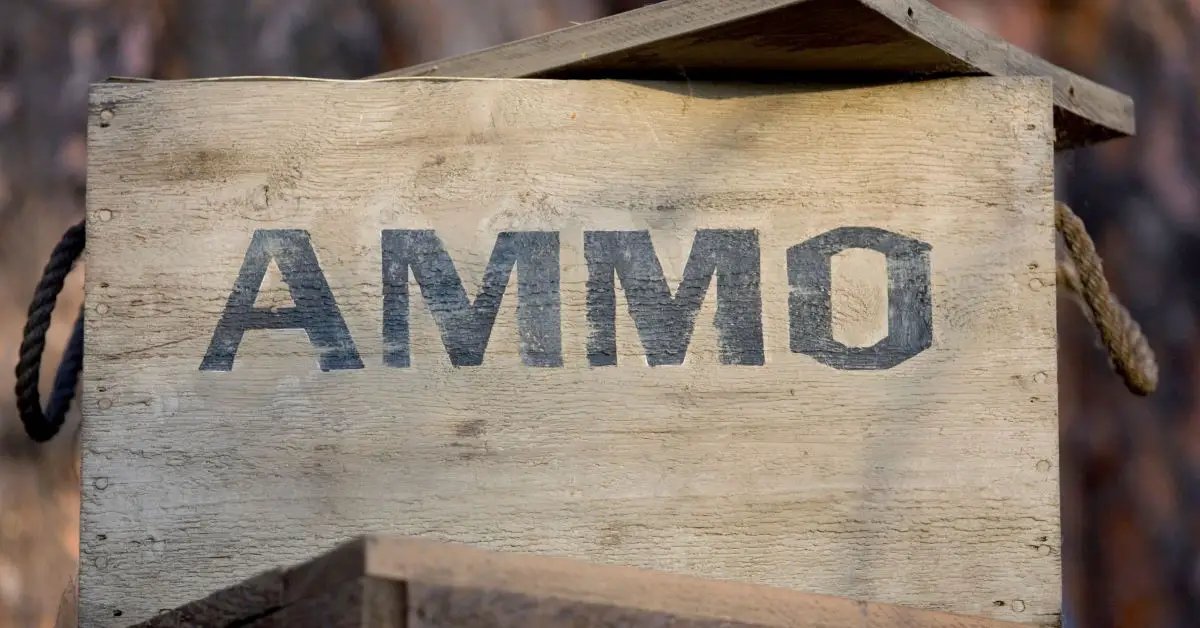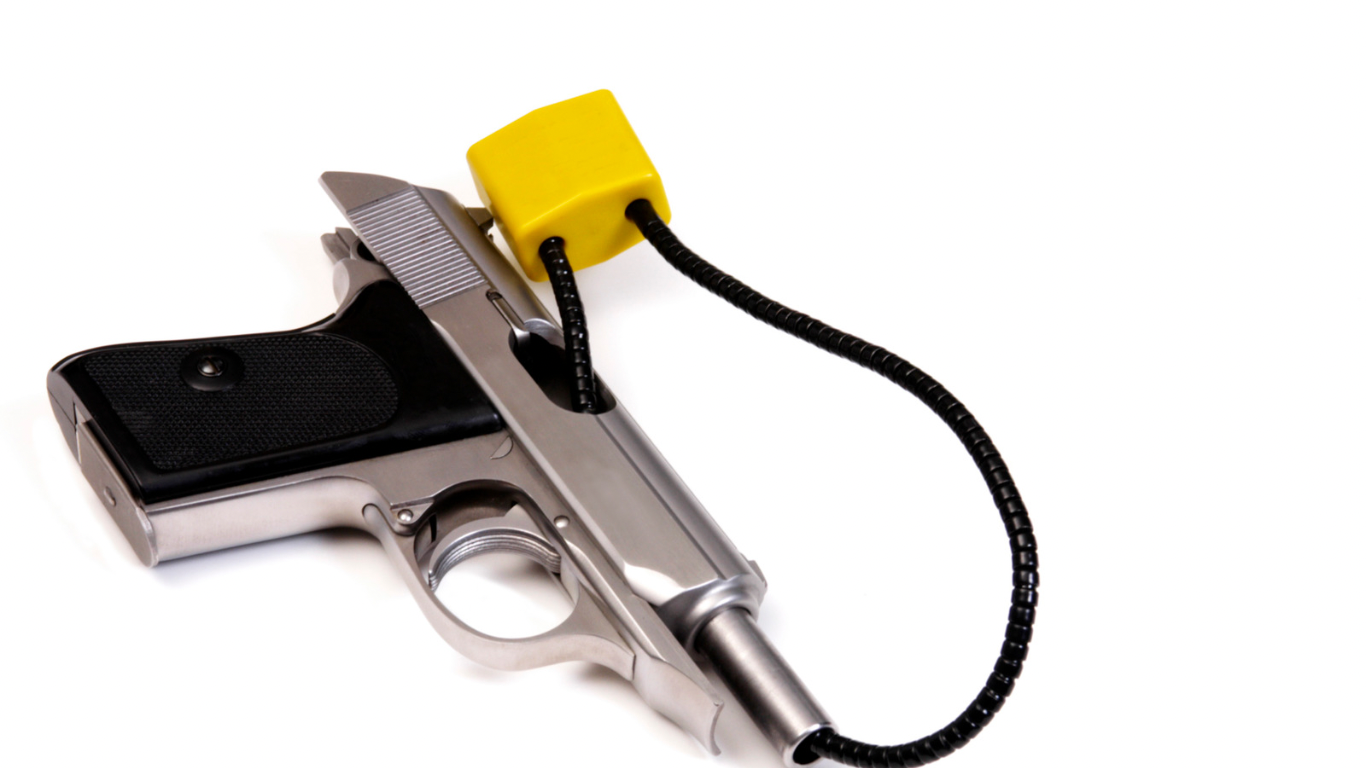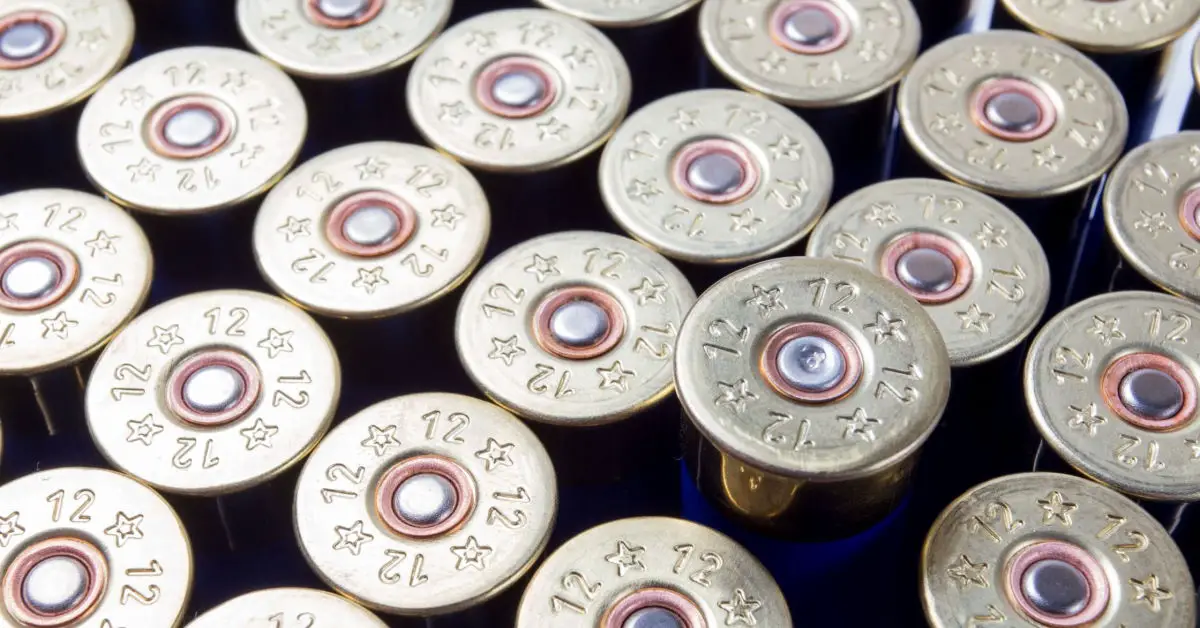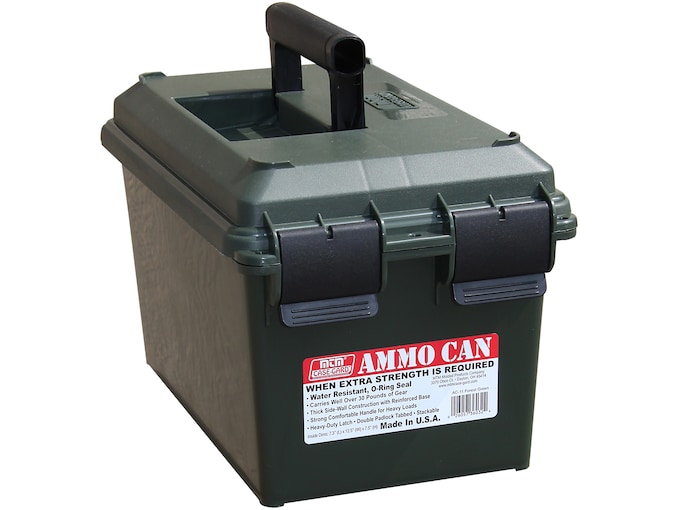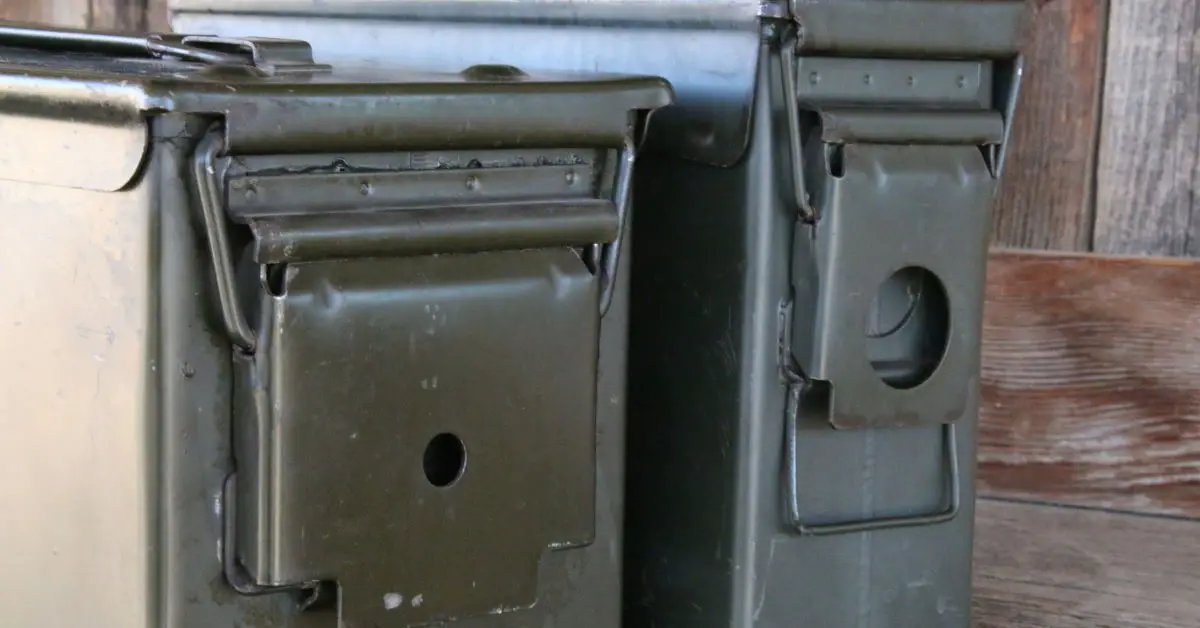When it comes to owning a gun, it is important to ensure that it is stored safely and securely. This is where a gun safe comes in as it is a great investment to protect your firearms from unauthorized access. However, the key to the security of a gun safe is its lock. In this blog post, we’ll explore the different lock options that gun safes come with to help you make an informed decision.
Dial Locks
These types of locks are the most common in gun safes. They are mechanical locks that require a combination of numbers to be dialed in to unlock the safe. Dial locks are reliable, durable, and affordable, and you don’t have to worry about their batteries running out. However, they can be slow to open, and the combination can be difficult to remember.
Electronic Locks
Electronic locks are becoming increasingly popular in gun safes. They use a keypad to enter a code or a biometric scanner to recognize fingerprints. Electronic locks are quicker to open than dial locks and can be more convenient to use since you don’t have to remember a combination. However, they are powered by batteries, which can be a drawback if you forget to change them.
Key Locks
Key locks are the simplest and most cost-effective type of lock for gun safes. They use a traditional key to open the safe. Key locks have the advantage of being reliable, but they can be easily picked or lost. Moreover, key locks are not the most secure option since a thief can simply use a duplicate key to open the safe.
Combination Locks
Combination locks combine the convenience of electronic locks with the reliability of mechanical locks. They require a combination of numbers to be entered using a keypad. Combination locks are secure and don’t require batteries, but they can be expensive and can take longer to open than an electronic lock.
Biometric Locks
Biometric locks are the most advanced locking technology available for gun safes. They use fingerprint recognition to unlock the safe. Biometric locks are incredibly fast to open, and you don’t have to worry about forgetting a combination or losing a key. However, biometric locks can be expensive, and there is a risk of them not recognizing your fingerprint if it’s dirty or wet.
Conclusion
Choosing the right lock for your gun safe depends on your individual needs and preferences. Each type of lock has its advantages and drawbacks, so it’s important to weigh them carefully and choose wisely. Dial locks are the most common and affordable option, electronic locks are convenient but require batteries, key locks are simple but not the most secure, combination locks are reliable and technologically advanced, and biometric locks are the easiest and fastest to open but the most expensive. Ultimately, investing in a gun safe with a high-quality lock ensures that your firearms are safe and secure at all times.

